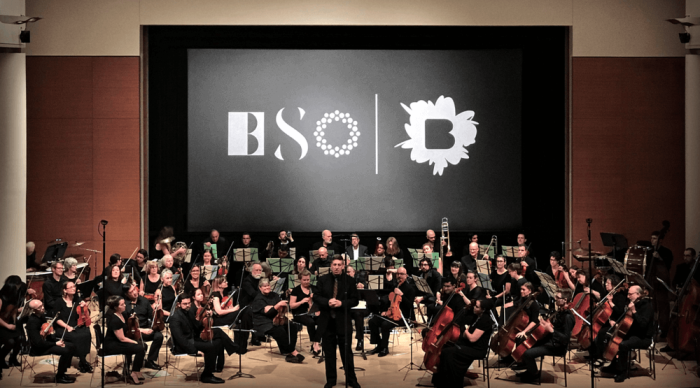The great purse snatching—the growing income gap in the United States—is clearly mirrored in the way Congress conducts its business. The richer you are, the better the chance that members of Congress will adopt your policy preferences. The reliance incumbents have on campaign contributions is at the heart of the bias toward the wealthy that permeates American politics.
In a recent report, political scientists painted a bleak picture of United States democracy caught in a “negative spiral.” According to a study released by the Task Force on Inequality and American Democracy of the American Political Science Association, the “skew in political participation toward the advantaged generates policies tilted toward maintaining the status quo and continuing to reward the organized and already well-off.” The disparities in “participation ensures that ordinary Americans speak in a whisper while the most advantaged roar.”
This is a perverse outcome. The civil rights revolutions that began during the 1960s were supposed to lead to greater voting by the public. In the years since, blacks, Latinos, women, and the gay community have overcome important legal and social barriers that kept them on the margins of society. These groups, newly empowered, could be expected to have voted in large numbers and elected lawmakers sensitive to the needs of average working people in the U.S.—for comprehensive health care, shorter work hours, and wages that would permit a family to comfortably raise children. Yet, the groups newly enfranchised by the rights revolution have largely missed their chance to set the political agenda.
Instead, the political base has narrowed in recent decades and with it the needs of the majority often suffer. The Task Force study argued that American democracy should move toward establishment of comprehensive social welfare protections comparable to those existing in Europe.
“Americans who take part in politics are much less likely than many of their fellow citizens to have faced the need to work extra hours to get by,” the Task Force report stated. “Those Americans who would be most likely to raise issues about basic opportunities and needs—from escaping poverty to securing jobs, education, health care, and housing—tend to be the least likely to participate in politics. The less advantaged are so absent from discussions in Washington that government officials are likely to hear about their concerns, if at all, from more privileged advocates who try to speak for the disadvantaged.”
In short, the lobbyist has a good job and health insurance, while the person who serves the morning coffee has two jobs and no health insurance.
The narrow base of contemporary politics creates openings for extreme views on issues from abortion to taxes. The sharp differences of opinion on these hot-button issues are markedly out of step with the majority’s moderate views.
How do we get out of this box? One way is by examining the exceptions to this rule. Social Security protections lead to heavy voting by the elderly regardless of education or income. The Task Force believes responsive social programs give voters a stake in government and a reason to participate. But this good thing has a bad flip side. Contemporary politics are now so skewed in favor of the elderly that policy benefits for the young—particularly health care, jobs, and financial aid for education and housing—have progressively been scaled back. And as government becomes unresponsive to specific groups, those citizens become apathetic, stop voting, and further increase the imbalance in the electorate.
Academics believe a systemic bias has developed and simple solutions aren’t available. Their studies suggest that the Internet has energized the activists and become yet another instrument for the well educated and privileged to intensify their pressure on Congress and other elected officials.
Political leaders are also pushing the current trend toward the extremes. State legislators draw district boundaries in an ever more partisan manner. They cherry pick those voters who will support their party, rather then allowing the voters to pick officials. Government programs are directed not just to a district, but to that part of the district where the incumbent draws the most support.
The Task Force plan of action is directed at government, the media, and a variety of non-governmental agencies. The report recommends that when public policy issues are debated, decision makers study how the program will increase public participation. The problem is that opponents of reform also recognize that progressive change might enliven civic participation. Newt Gingrich famously kept warning fellow Republicans to oppose Clinton’s Managed Care Health Reform because its success would transform middle class attitudes and give the Democrats a permanent majority.
Looking beyond the nation’s political leadership, the Task Force urged the media and non-governmental organizations to enlist mainstream Americans in active civic participation, in the same way that Republicans have done successfully with evangelical churches.
But the nation’s intellectual leadership cannot achieve such change without the cooperation of politicians. The Task Force correctly identified popular cynicism as a major obstacle to voting. By 1995, 60 percent of Americans were saying that special interests controlled government to such an extent that it could not be trusted and many thoughtful observers of American politics grapple with the issue of activating the American public. My favorite voice is Kevin Phillip, who, in his book “Wealth and Democracy,” proposed a presidential campaign based on opposition to income inequality, even as he acknowledged that even the Democrats are unlikely to launch such a drive while facing the risk that they could be accused of waging class warfare.
Still, ideas for change are circulating, but only time will tell if they pick up sufficient momentum to challenge the conservative bias currently embedded in the structure of American politics.

































